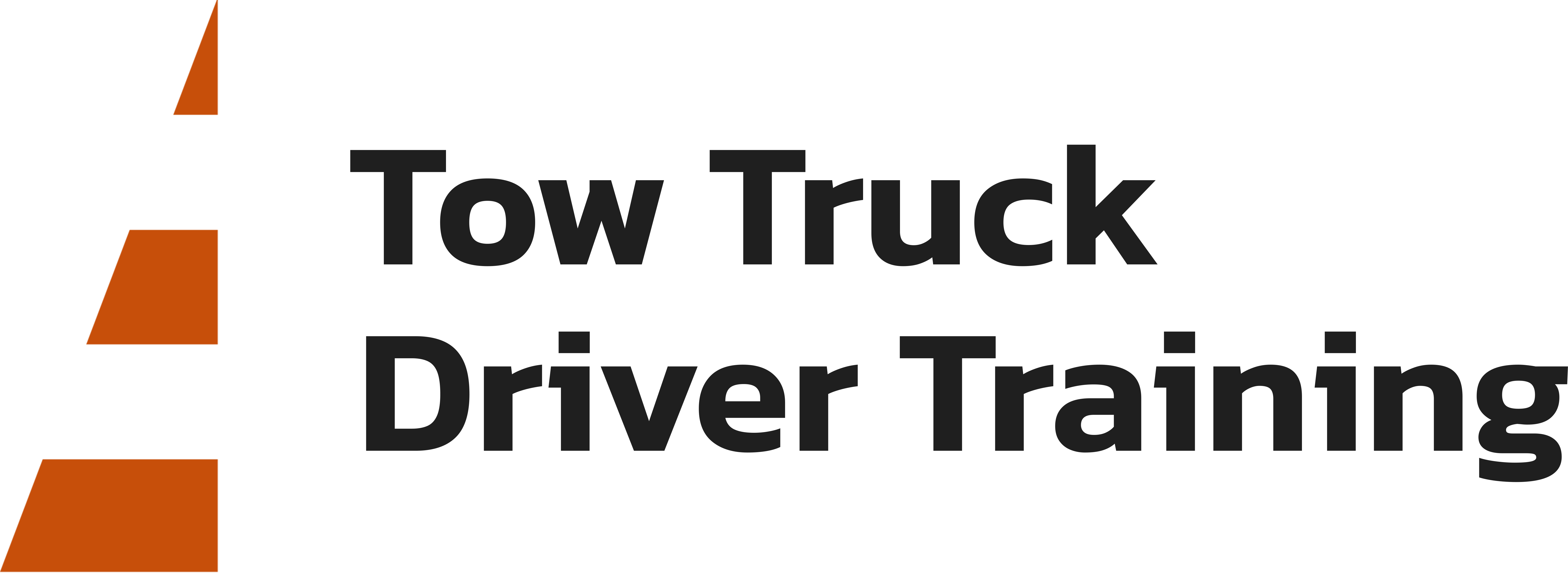Intro to LD: Light-Duty Towing
THE DIFFERENCE BETWEEN A TOW AND A TRANSPORT
PRIMARY SECUREMENTS
Primary securements consists of straps and chains.
SECONDARY DEVICES
Be sure to allow enough slack in the chains for turning radius, but not too much slack to where they are touching the ground.
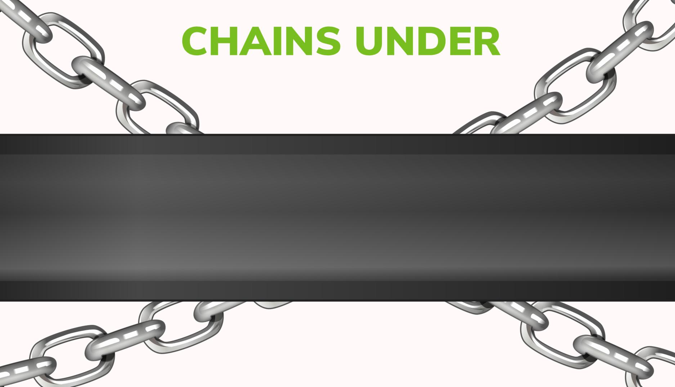
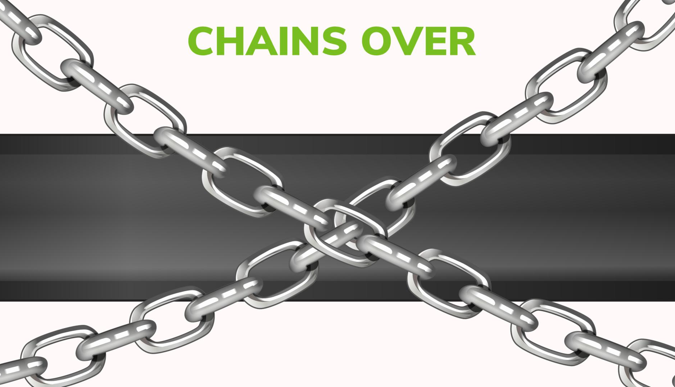
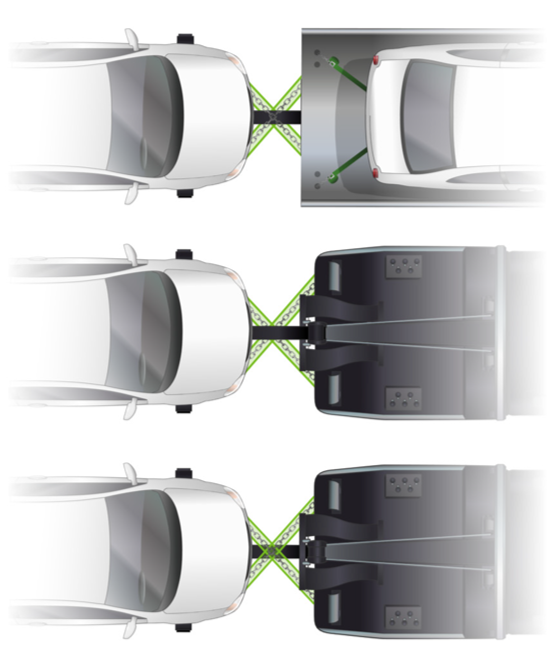
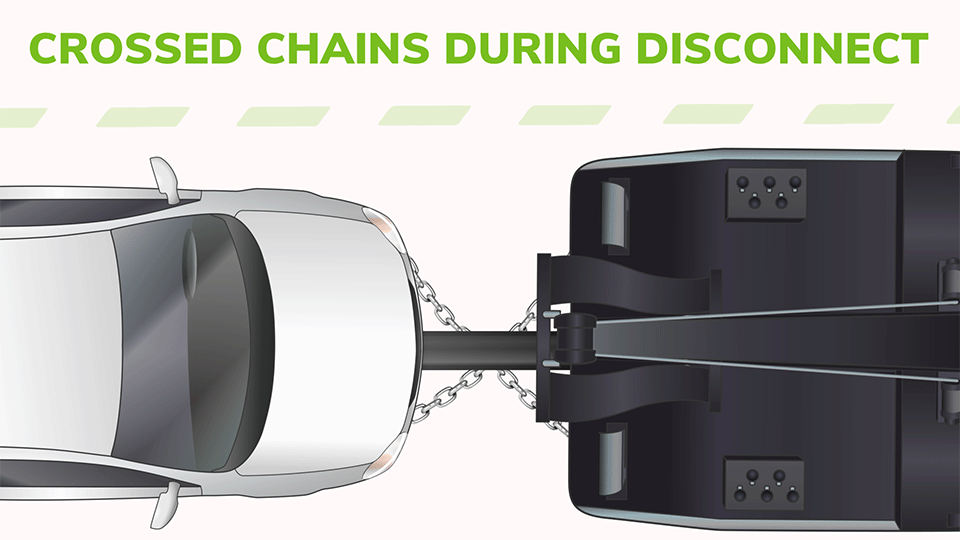
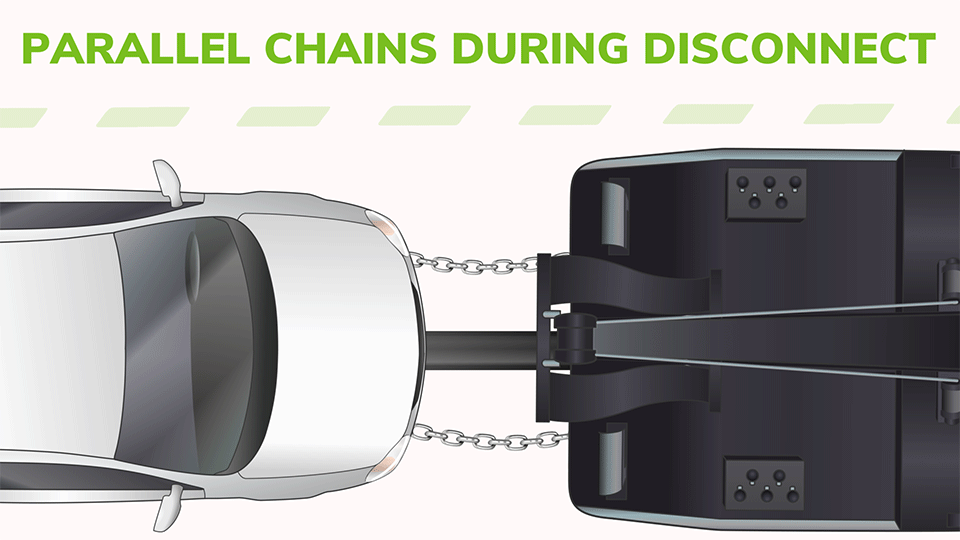
STRAIGHTEN & SECURE THE STEERING WHEEL
In the event that there is a disconnect and the casualty drops to the ground, this will help prevent the casualty from veering outside of the square of the back of the power unit.
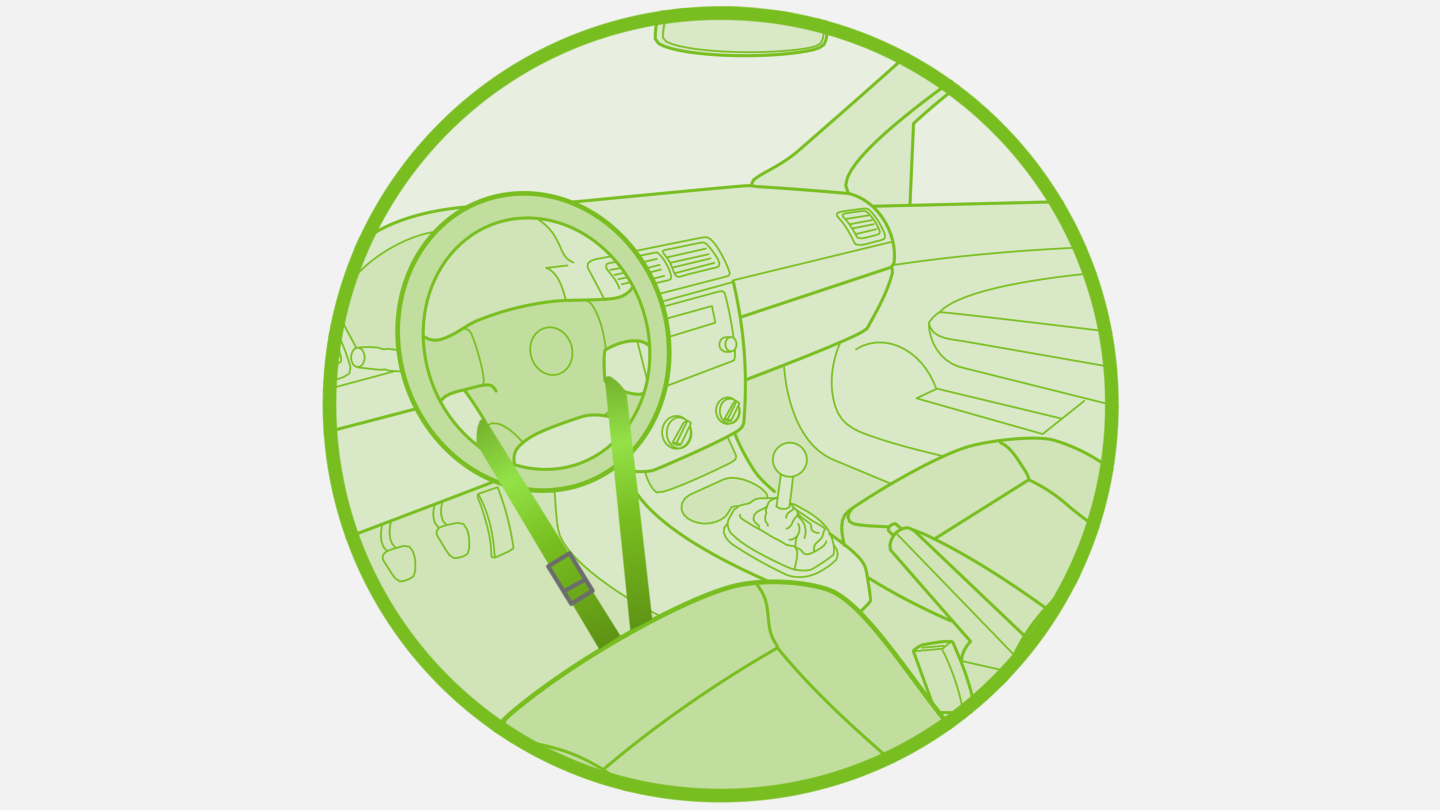
STOP, TURN, & RUNNING LIGHTS
You must have stop, turn, and running lights on the back of the trailing vehicle. They must be with in 36″ (or 1 meter) from the tailboard of that vehicle.
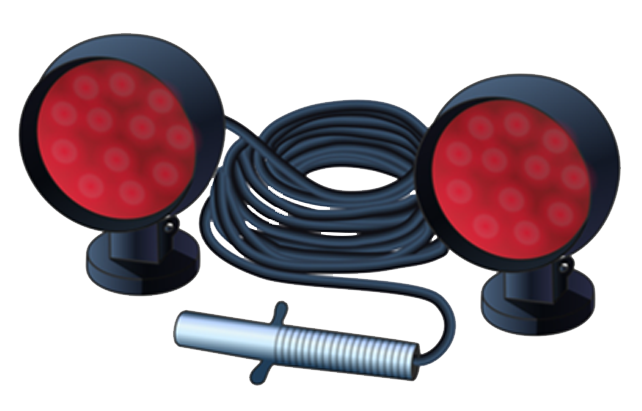
HOW HIGH SHOULD THE CASUALTY BE LIFTED?
Traditionally, the standard is you want the bottom of the lifted tire in line with the center of the rear axle of the power unit.

HOW CLOSE SHOULD THE CASUALTY BE TO THE BACK OF THE TRUCK?
Looking back the tow capacity formula, we would like as little overhang as we possibly can achieve with out contact in tight turning radius’s.
LIGHT-DUTY RECOVERY
